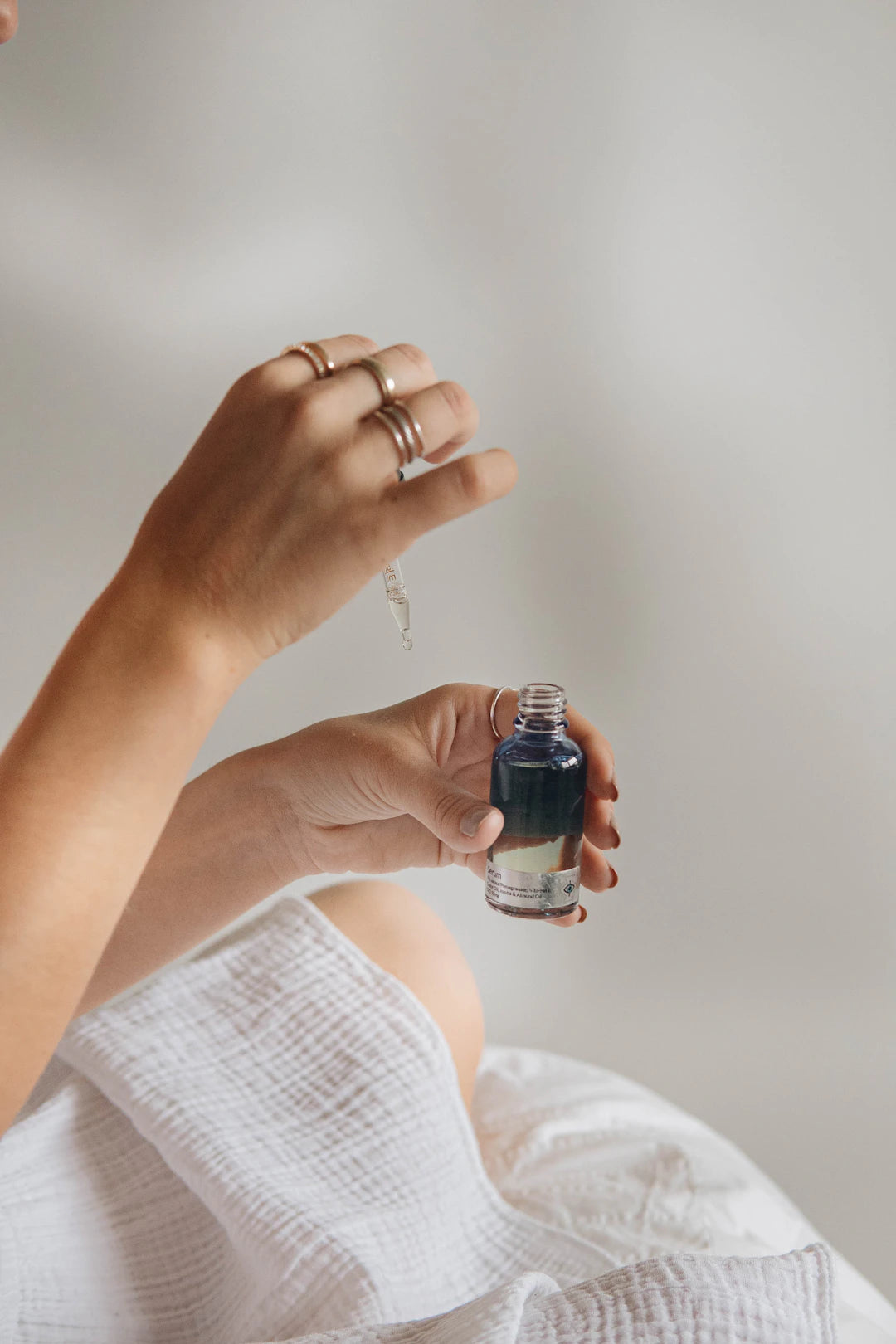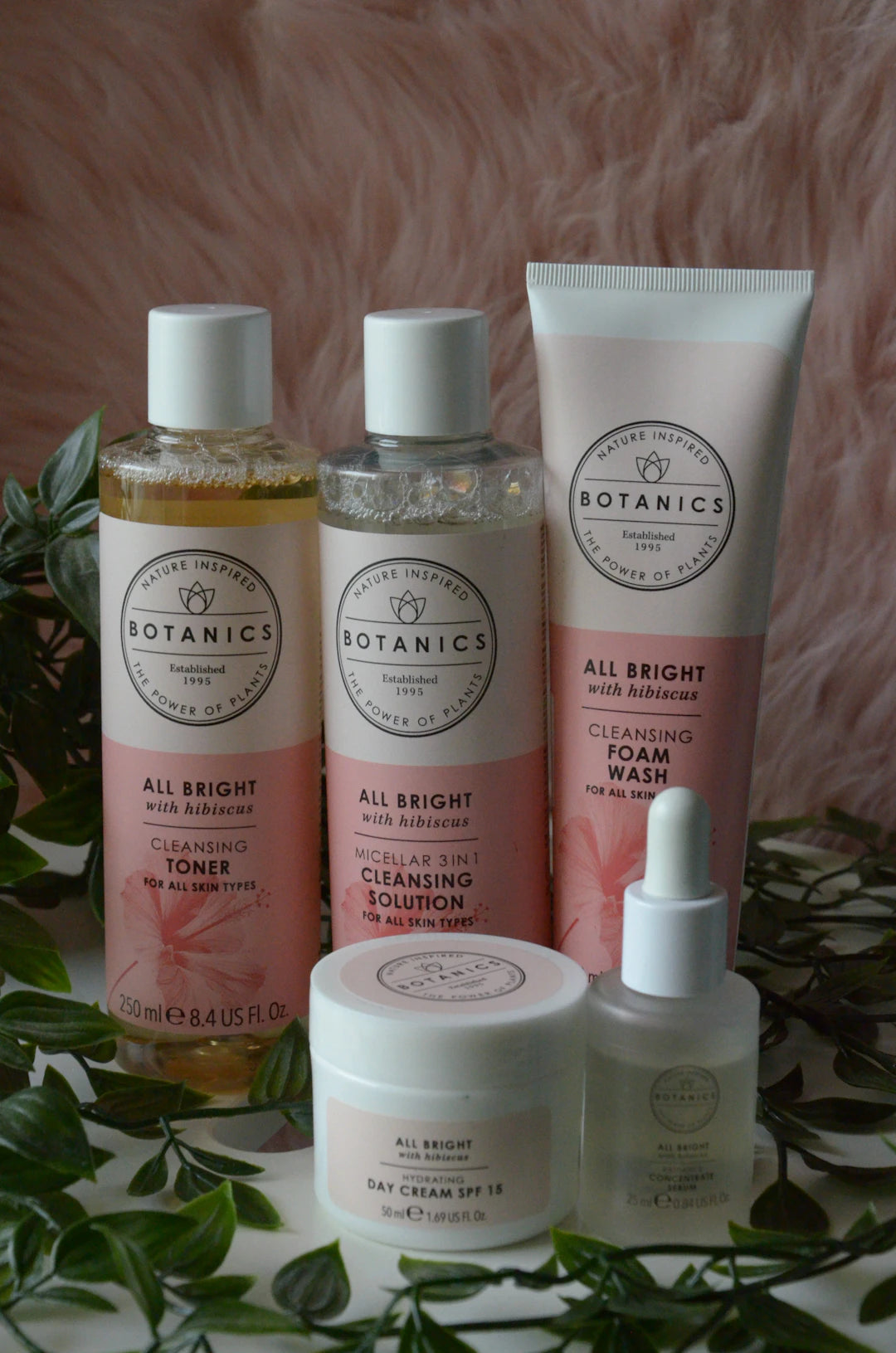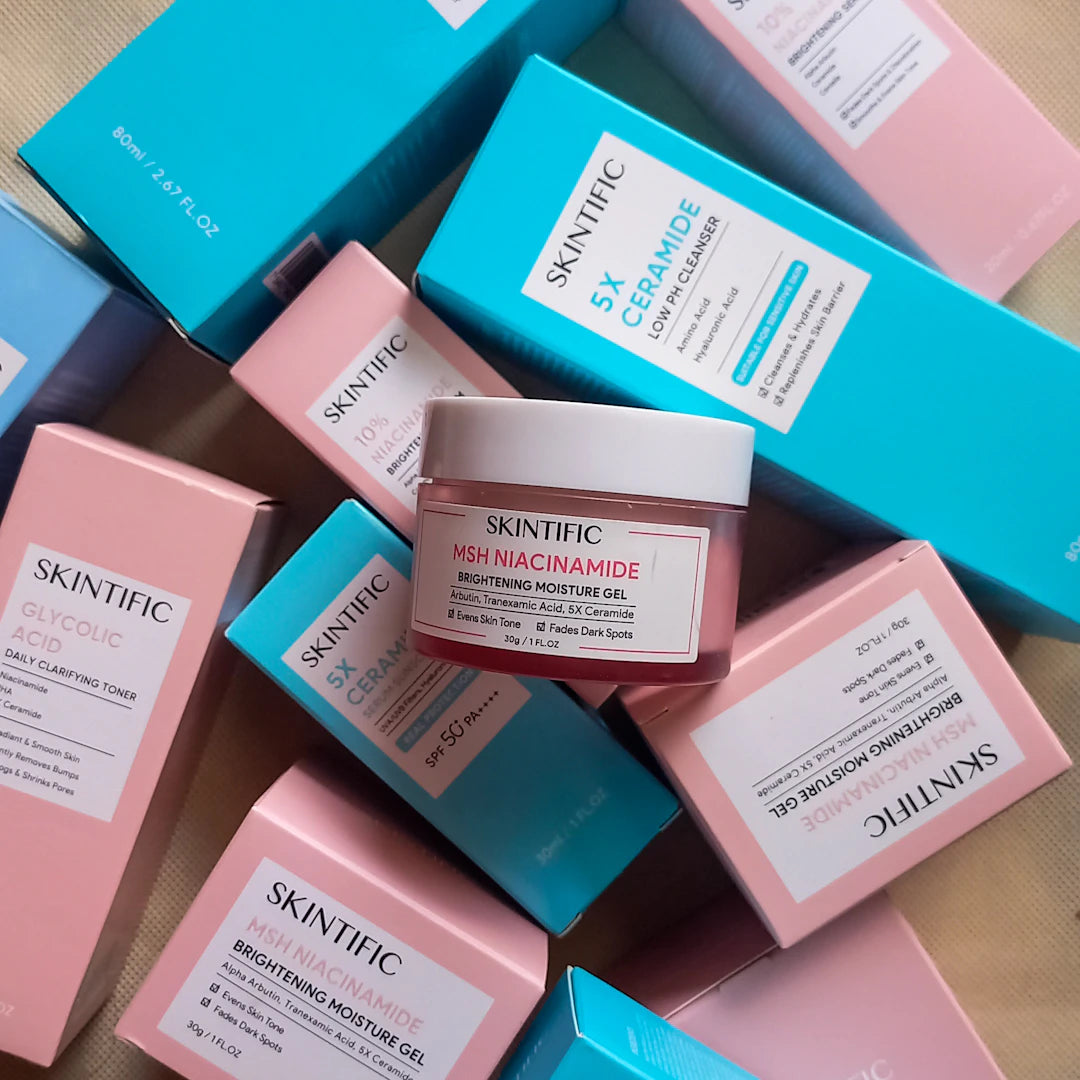Unlock Radiant Skin: Mastering Serums for Your Routine

Frequently Asked Questions
1. What are serums?
2. When should I apply serums in my skincare routine?
3. How do I apply serums effectively?
4. What types of serums are available and their benefits?
5. How can I keep my serums fresh?
In the ever-evolving world of skincare, serums have emerged as star players, bringing a powerful punch of active ingredients to your daily routine. With so many options available, understanding serums and how to incorporate them into your skin care routine can be the game-changer you've been looking for. In this guide, we will explore the types of serums, when to use them, and some tips for maximizing their benefits.
What Are Serums?
Serums are lightweight, fast-absorbing liquid skincare products packed with a high concentration of active ingredients. Unlike creams or lotions, serums are designed to penetrate deeper into the skin, delivering intense hydration, vitamins, and antioxidants. They can target specific skin concerns, making them an excellent addition to your daily skin care routine.
Types of Serums and Their Benefits
Serums come in various formulations, reflecting their targeted benefits. Here are some popular types of serums that you may consider adding to your skin care arsenal:
Hydrating Serums
Hydrating serums often include ingredients like hyaluronic acid, glycerin, or aloe vera, which help to attract moisture to the skin. Incorporating a hydrating serum into your routine can be a game-changer, especially during dry seasons or in air-conditioned environments.
Brightening Serums
Brightening serums typically contain ingredients such as vitamin C, licorice root extract, or niacinamide. They work to reduce dark spots, even out skin tone, and impart a youthful glow. Incorporating a brightening serum in your morning routine can help combat dullness and fatigue.
Anti-Aging Serums
Featuring ingredients like retinol, peptides, or antioxidants, these serums target fine lines and wrinkles. Incorporate an anti-aging serum into your evening routine to promote cell turnover and rejuvenate your skin.
Exfoliating Serums
Exfoliating serums often contain AHAs or BHAs, which help to slough away dead skin cells and refine skin texture. Using these serums can enhance your skin's radiance and make it feel smoother. For optimal results, pair them with occasional treatments like bamboo beads microdermabrasion.
When to Use Serums
Knowing when to introduce a serum into your skin care routine is essential for maximizing its benefits. Generally, serums should be applied after cleansing and toning, but before moisturizing. Here’s a simple breakdown:
- Cleansing: Begin with a gentle cleanser to remove impurities.
- Toning: Use a toner to balance your skin’s pH levels and prepare it for treatment.
- Serum Application: Dispense a few drops of your chosen serum and gently press it into your skin.
- Moisturizer: Finish with a nourishing moisturizer to seal in hydration.
How to Apply Serums Effectively
Application technique matters as much as the serum you choose. Here are some tips for applying serums effectively:
Step 1: Clean and Prep Your Skin
Always start with clean, dry skin. This allows for optimal absorption of the serum's active ingredients. Make sure to remove any makeup or dirt thoroughly before moving on to the next step.
Step 2: Dispense the Right Amount
A little goes a long way with serums. Typically, 2-3 drops are sufficient for the entire face. Adjust based on the formulation and your skin's specific needs.
Step 3: Apply Gently
Using your fingertips, gently press the serum into your skin. Avoid rubbing, as this can create irritation. Focus on areas where you've noticed specific concerns, such as dark spots or fine lines.
Step 4: Allow Time to Absorb
Let the serum absorb into your skin for a minute or two before applying your moisturizer. This extra step ensures that your skin can fully utilize the serum's active ingredients.
Common Mistakes to Avoid
Even the best serums can fail to deliver results if they are not used correctly. To maximize effectiveness, avoid the following mistakes:
Applying Serum on Wet Skin
Always apply serums to dry skin! Applying on wet skin can dilute the serum and lessen its ability to penetrate effectively.
Overdoing It
More is not always better. Over-application can lead to product buildup and even irritation. Stick to the recommended amount for the best results.
Not Layering Wisely
If you’re using multiple serums, layer them based on their consistency. Generally, the thinnest serum should go first, followed by thicker formulations.
Complementing Your Serums with Other Products
To enhance the efficacy of your serums, consider how they fit into your overall skin care routine. Here are some complementary products:
- Exfoliators: Using exfoliating serums, along with mechanical exfoliators like bamboo beads microdermabrasion, can create a powerful duo for reducing dullness and promoting a youthful glow.
- Moisturizers: Pairing a serum with a quality moisturizer will lock in the benefits and provide an added layer of hydration.
- Sunscreen: Sunscreen should always be the final step in your morning routine. It protects the skin from UV damage that can negate the benefits of your serum.
Serums for Different Skin Types
Not all serums are created equal and what works for one skin type may not work for another. Here’s a guide to help you choose the right serum based on your skin type:
Oily Skin
Look for lightweight, gel-based serums that contain salicylic acid or niacinamide to control oil production without clogging pores. Avoid heavy oils and cream-based serums that can exacerbate shine.
Dry Skin
For dry skin, opt for serums packed with hydrating ingredients like hyaluronic acid or glycerin. Creamier textures may offer the extra moisture your skin craves.
Sensitive Skin
If you have sensitive skin, look for serums that are hypoallergenic and fragrance-free, featuring ingredients like chamomile or calendula that can calm irritation.
Combination Skin
Combination skin requires a balanced approach. Serums with a blend of hydrating and oil-controlling ingredients can help maintain equilibrium across all areas.
Keeping Serums Fresh
To get the most out of your serums, storing them properly is crucial. Here are some tips:
Store in a Cool, Dry Place
Heat and humidity can degrade the active ingredients in your serums. Find a spot in your bathroom that’s cool and away from direct sunlight.
Check Expiration Dates
Serums typically have a shelf life, so keep track of expiration dates. Using expired products can irritate your skin and reduce effectiveness.
Unlock Your Best Skin Yet
Understanding serums is the first step towards achieving glowing, healthy skin. By choosing the right type of serum for your specific concerns, incorporating it into your skin care routine at the right time, and applying it correctly, you can unlock the full potential for radiant skin!
So why wait? Start exploring the transformative power of serums today, and watch your skin flourish! It’s time to embrace the journey to healthy, glowing skin with serums that cater to your unique needs!


